Garden Lease Program: Best Practices
Highlighting EPA recommendations to reduce exposure to soil-based contaminants.
Overview
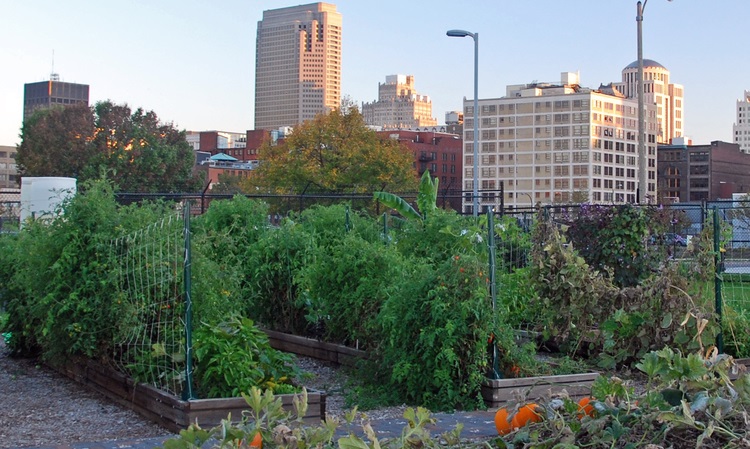
Community gardens and urban agriculture are becoming increasingly popular with residents, businesses, organizations and communities seeking to revitalize neighborhoods. Transforming underutilized properties can yield many tangible benefits. These amenities include community pride, increased property values, food production, physical health and nutrition, improved air quality, and better stormwater management. SLDC, through its Garden Lease Program, is proud to provide property for use, from the simple gardener to the urban homesteader.
However, environmental concerns should be noted before establishing your garden or urban farm. Some properties - especially in Rust Belt cities like St. Louis - could be affected by leftover contaminants from past uses. Vacant lots could be former gas stations, dry cleaners, car washes, or parking lots, particularly on corner properties. Even residential sites could have leftover pesticides, paint chips or metals within its soil. If contaminants are present, gardening directly into the soil may carry a risk of exposure to you or your plants.
Fortunately, these risks are relatively low and can be mitigated by taking basic precautions. The Environmental Protection Agency recommends the following steps for urban gardeners to eliminate or reduce the risk of inhalation, ingestion, or direct contact with possible contaminants.
Urban Gardening Best Practices
Build Raised Beds or Container Gardens
Raised beds, container gardens, or more intricate designs such as herb spirals, can be used to plant above ground level. The sides of raised beds can be constructed with wood, synthetic wood, stone, concrete block, brick, or naturally rot-resistant woods like cedar or redwood. Line the bottom with water permeable fabric or geotextile. Adding a layer of gravel on top can further reduce contact with the ground. Be sure to use topsoil or clean fill from "certified soil sources" to ensure the soil is safe for handling and food production.
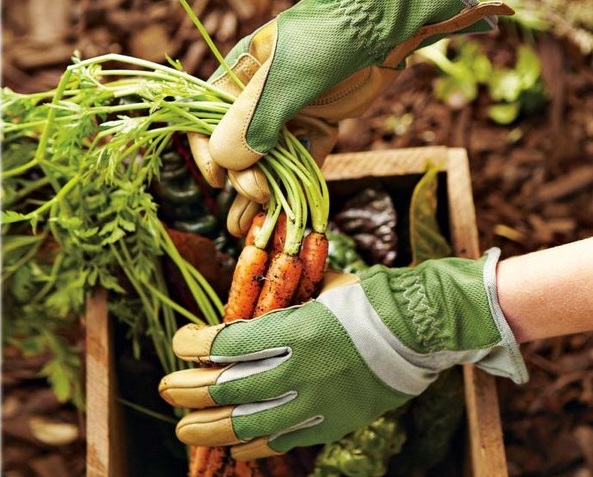
Take Care Not to Track Dirt Inside
The same rule that applies to children after playing outside, also applies to all ages after playing in the garden. Once enough dirt makes it to the indoor floor, any person or pet can spread it through the home or building. Any form of outdoor shoe storage would work. For a good outdoor do-it-yourself project, try building a storage bench, shoe cabinet, shoe rack, or any other form of storage.
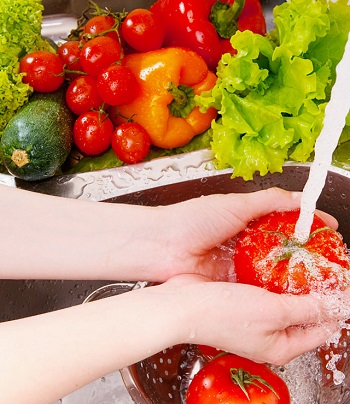
Peel Root Crops and Remove Outer Layers of Leafy Vegetables
An extra step for some vegetables is to remove their outer layer, as residues can get caught in the crevices of the skin. Removing the outer layers of leafy vegetables like lettuce, cabbage or kale will help to remove most residues, but you should still wash the inner leaves. The outer layer of onions should be peeled. Some gardeners may object to peeling the outer layers of root crops like carrots, parsnips, celeriac or rutabaga, as the surfaces tend to be nutrient-rich. However, the skin of root vegetables can act like a sponge, absorbing any pesticides or chemicals it came into contact with during the growing process. Simply go over the root with a vegetable peeler.
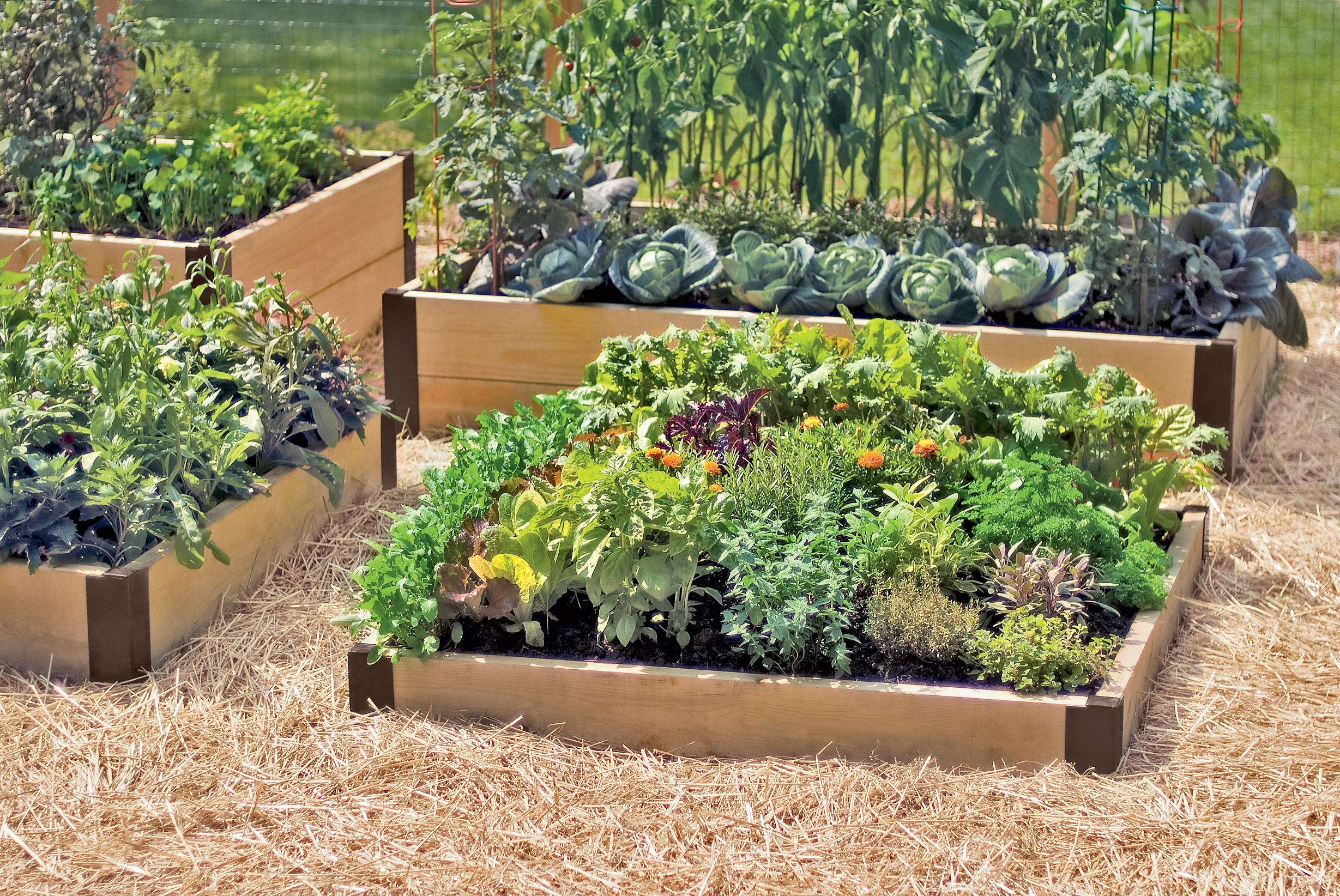
Wear Gloves and Wash Hands
Protective gloves are already recommended while gardening, as injuries to the hands and fingers commonly occur. Cuts and puncture wounds can occur from animal and insect bites, as well as buried objects like glass and metal. Any soil that comes into contact with open wounds - contaminated or not - can invite problems. Even after using gloves without incident, thoroughly wash your hands.
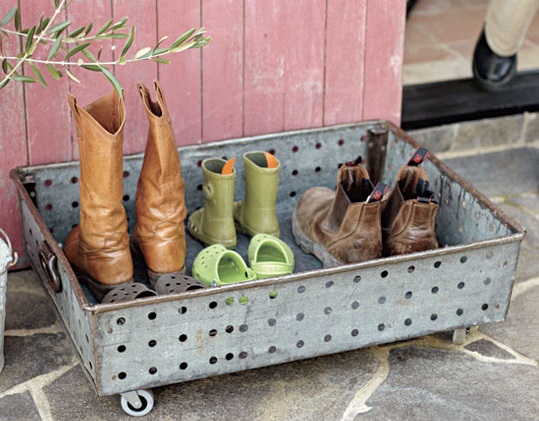
Clean Produce Before Storing or Eating
After harvesting your fruits and vegetables, thoroughly wash them to remove soil. A simple rinse with running water will eliminate most dirt and residue. For a more thorough cleaning, try using a vinegar solution next. For smooth-skin produce (e.g. apples, tomatoes, grapes), mix 3 parts water with 1 part vinegar in a spray bottle, spray your produce and wait 30 seconds. For rough or firm-skin produce (e.g. broccoli, cauliflower, melons, potatoes, berries, leafy greens), fill a bowl or sink with 3 parts water and 1 part vinegar, soak your produce for 15-20 minutes, then scrub with a brush. After spraying or soaking, rinse under cold running water. Give your produce one last visual inspection, and your food should be ready to eat.
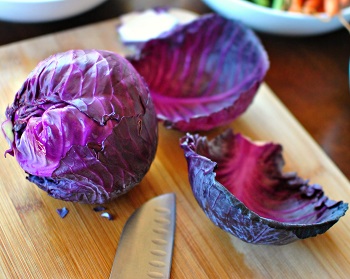
For more information, Read up on the EPA's Urban Gardening Brochure